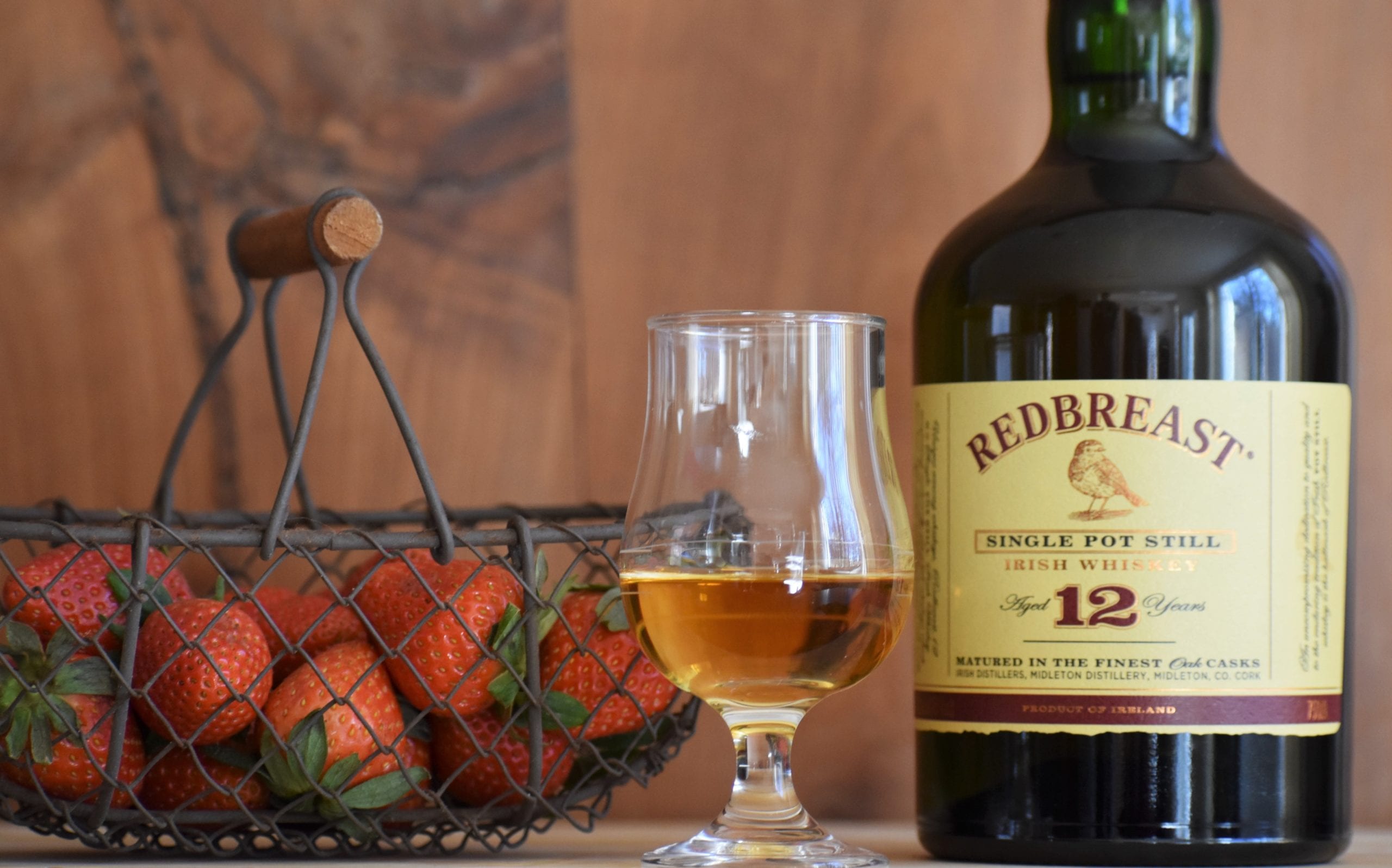[et_pb_section bb_built=”1″ _builder_version=”3.10.1″ background_image=”https://whiskey-gourmet.com/wp-content/uploads/2018/09/background.png”][et_pb_row _builder_version=”3.10.1″ background_color=”#131313″ border_radii=”on|5px|5px|5px|5px” border_width_all=”2px” border_color_all=”#e09900″ custom_padding=”|5px||5px”][et_pb_column type=”4_4″][et_pb_post_title _builder_version=”3.18.2″ meta=”off” featured_image=”off” text_color=”light” title_font=”Josefin Sans||||||||” text_orientation=”center” /][et_pb_text _builder_version=”3.18.2″ text_text_color=”#ffffff” header_text_color=”#ffffff” header_2_text_color=”#ffffff” header_3_text_color=”#ffffff”]
Tax collection can sometimes generate peculiar behaviors. Back in the 18th century, the British decided to create a new tax on malted barley that will collect money from the whiskey distillers and the beer brewers. It didn’t take too long for the Irish distillers to find a way to reduce that new financial burden: they started to mix unmalted barley to the malted barley to make their whiskey. On top of limiting the tax amount, the spirit coming out of this new “mashbill” showed a nice very distinctive new taste that was so well received by the customers that they kept the recipe even after the malted barley tax disappeared.
The whiskey made from this mix is called pot still whiskey, very typical from the Irish whiskey. The percentage of each type of grain used is kept secret, but by Irish law, there should be at least 30% of unmalted barley and at least 30% of malted barley, and no more than 5% of any other cereal.
By the way, should we write WHISKY (no “E”) or WHISKEY (with an “E”)? Very simple: if it is made in the United States or in Ireland, it is spelled WHISKEY, and when it is in the rest of the world, it is WHISKY.

Redbreast is the largest selling Single Pot Still Irish Whiskey in the world, and the Redbreast 12 is their most popular expression.
TASTING: 40% ABV
MAKE: blend of malted and unmalted barley, triple distilled and maturation in sherry cask
NOSE: Very fruity, with red berries, peaches and tropical fruits like mango
PALATE: A rich and oily body pleasing the mouth ; the rape fruits are coming nicely, with some citrus and nut
FINISH: Long, still fruity and sweet ending that fades of so nicely that you want more!

AWARDS: Many! Difficult to list them all. The most recent: Gold medal 2017, Irish Single Pot Still, at the Irish Whisky Masters. One of the earliest: Double Gold medal 2011 at the San Francisco World Spirits Competition
MY TAKE ON IT:
It is a great representation of what an Irish whiskey can be. It is rare in my experience not to please someone who likes whisky with a sip of this bottle. To enjoy even more, you can pair it with food: see below.
WHAT TO EAT WITH?
Many things indeed. But you can start with chocolate mousse or strawberries.
DID YOU KNOW?
Late 19th and early 20th a company called W & A Gilbey and chaired by Gilbey was importing spirits from Europe mainland, mainly sherry (Spain), port (Portugal) and Cognac (France). They started to store local whiskey from Jameson in their empty casks initially filled with these spirits; after some maturation time, all appreciated the nice flavor added by this new aging way. The name of redbreast came after someone noticed that in the light, when looking at the surface of the whiskey in the bottle at a certain angle, there was a reddish color. Gilbey was also an ornithologist and, inspired by the red color and his passion for birds, named the whiskey after the robin-redbreast.
INTERESTED BY THIS POST?
MAKE SURE YOU DON’T MISS THE NEXT ONE BY SUBSCRIBING TO THE NEWSLETTER BELOW
[/et_pb_text][/et_pb_column][/et_pb_row][/et_pb_section]


Leave a Reply